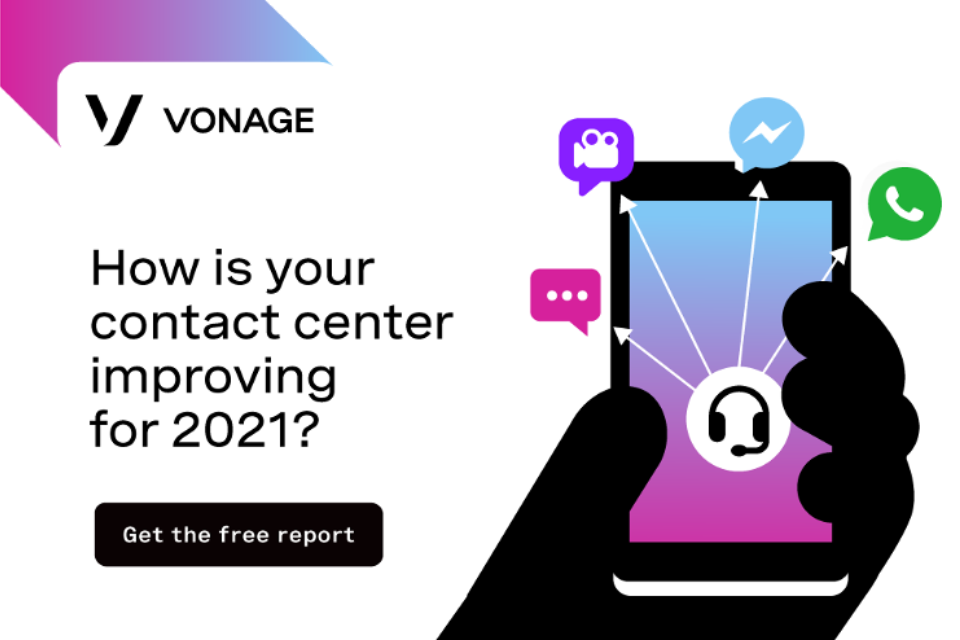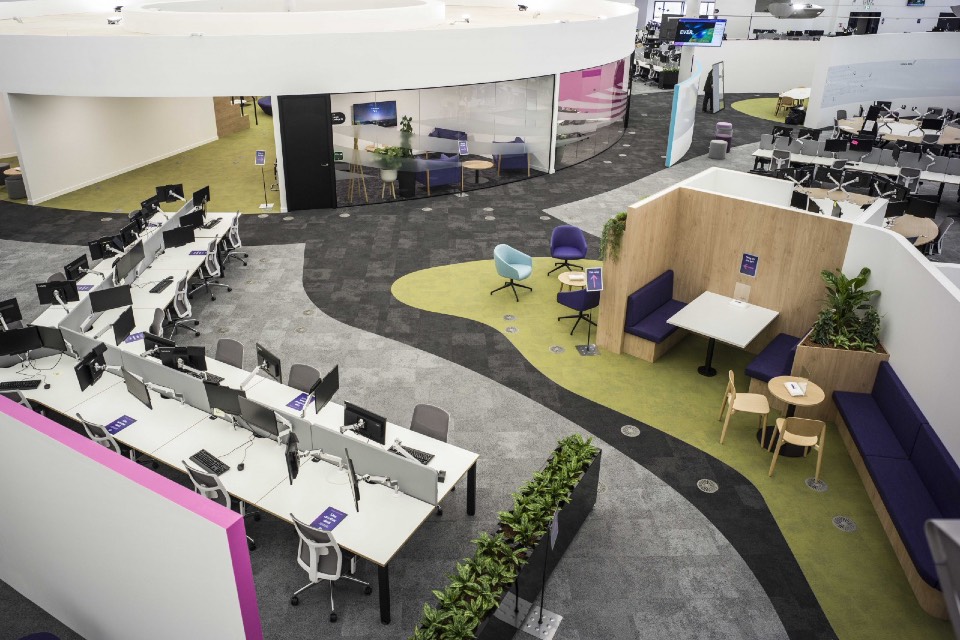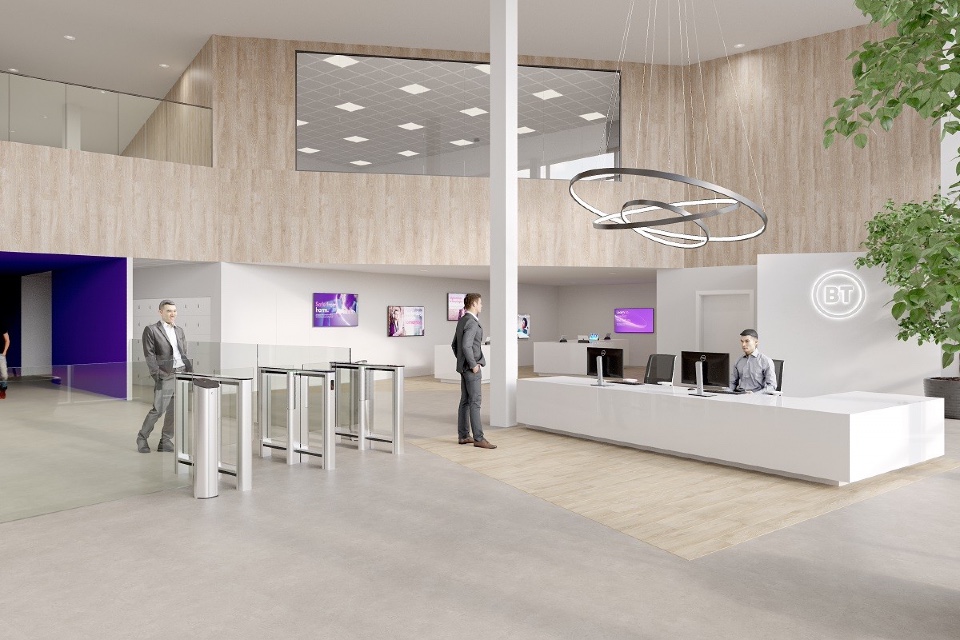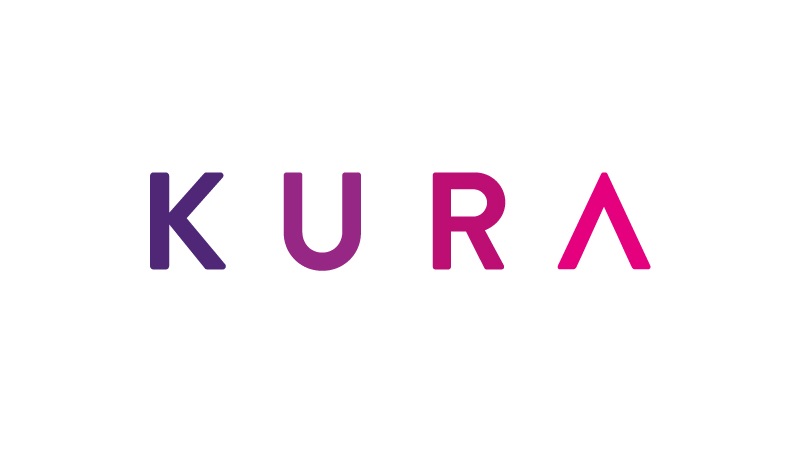WHITE PAPER: Video in the contact center – How to future-proof your CX

By Vonage Putting your customers first by serving them on their channel of choice can be challenging and complex for both your business and agents. Adding video to the mix can take that to the next level. Adrian Swinscoe, best-selling author and Forbes contributor, outlines these challenges and provides industry-specific use cases in his new […]
BT’s ‘future-fit’ workplaces get first showing at Newcastle contact centre

BT has released new images of its Gosforth Contact Centre currently undergoing a multi-million-pound refurbishment – as it announced the project has already completed its first phase and will open later this year. The centre has undergone a major revamp to modernise it and create a workplace for hundreds of staff. The first phase of […]
BT commits long-term future to Plymouth contact centre

The EE contact centre in Plymouth is set for a multi-million refurbishment as BT commits its long-term future to the city as part of plans to invest in a complete refit of its facility there. The centre – located in Langage Business Park, Plympton, and one of the largest employers in the area – will […]
2020 Contact centre trends you need to know

Contact Centre executives have a lot on their plates. To thrive in 2020 and beyond, successful leaders must set their sights on strategic differentiation, not daily firefighting. No longer is it sufficient to react in-the-moment and call it good enough. The smartest (and most successful) contact centre leaders realise they need to keep looking forward […]
350 new jobs at Firstsource Middlesbrough

Leading contact centre outsourcer Firstsource hasannounced 350 new jobs at its Middlesbrough-based contact centre after securing two major contracts. The company is currently recruiting for service agents, team leaders and trainers to service the outsource contracts, which are thought to be with an unnamed high street banking financial regulator. Initially the the jobs will provide […]
EE brings 1,000 jobs to UK & Ireland

100% of EE customer service calls will now be answered within the UK and Ireland as the company has created over 1,000 jobs in the last year. The announcement follows parent company BT’s announcement of introducing 500 more positions to tackle increased customer demand. Unlike its parent company, EE is among the least complained about mobile companies […]
Contact Centres Need to ‘Communicate With Customers’

A survey has revealed that an overwhelming majority of Brits have a negative perception of call centres. 90% surveyed by Aquarium Software admitted they expect to be sold something when answering a call from a centre even though that makes up just one quarter of calls made in the industry. “These results are worrying,” according […]
New App to ‘Aggressively’ Change Workforce

A mobile call centre app is aiming to remove the need of computer terminals for employees without risking data security. The Verint Mobile Work View looks to allow employees constant access to workplace information regardless of time or location. With a main goal of removing the reliance on computers and web browsers, the app will […]
Guest Blog, Darryl Beckford: Merging the new with the old – disruptive technologies for contact excellence…

Customer expectations have never been higher, and the contact centre has been heavily affected by the rising ‘bar’ for contemporary customer experience, fuelled by rapidly evolving consumer technologies. But in reality, many struggle to reconcile antiquated operations with strategic digital ambitions. The danger is that without improving the customer experience and breadth of service available […]
Industry Spotlight: New original research from Kura and the CCA…

For most contact centre professionals, delivering consistently good customer experience across multiple channels and touchpoints is the ultimate goal. Understanding the complex landscape of changing customer expectations, as well as the opportunities offered by technological innovations, means that this goal requires continuous adaptation. With this in mind, Kura teamed up with the CCA to understand […]

